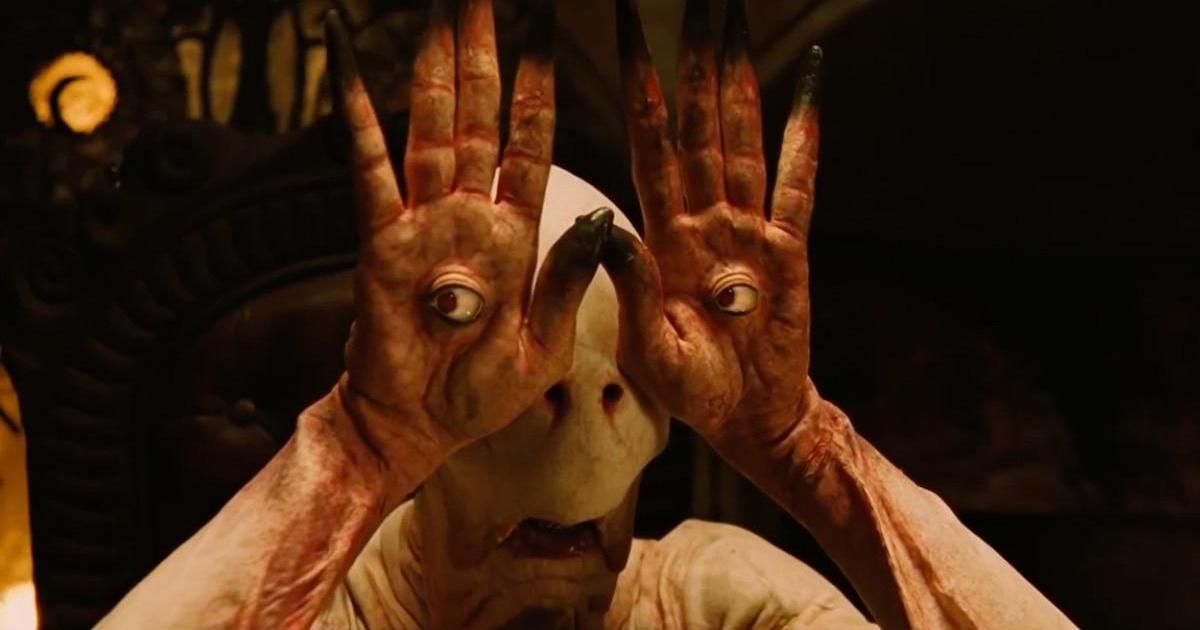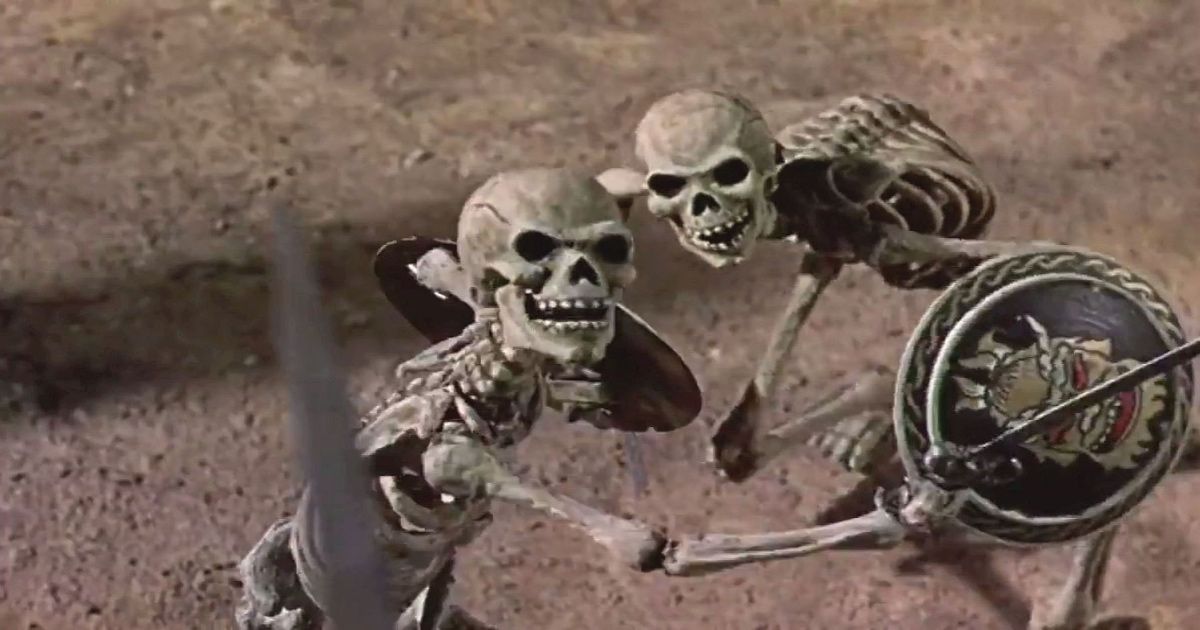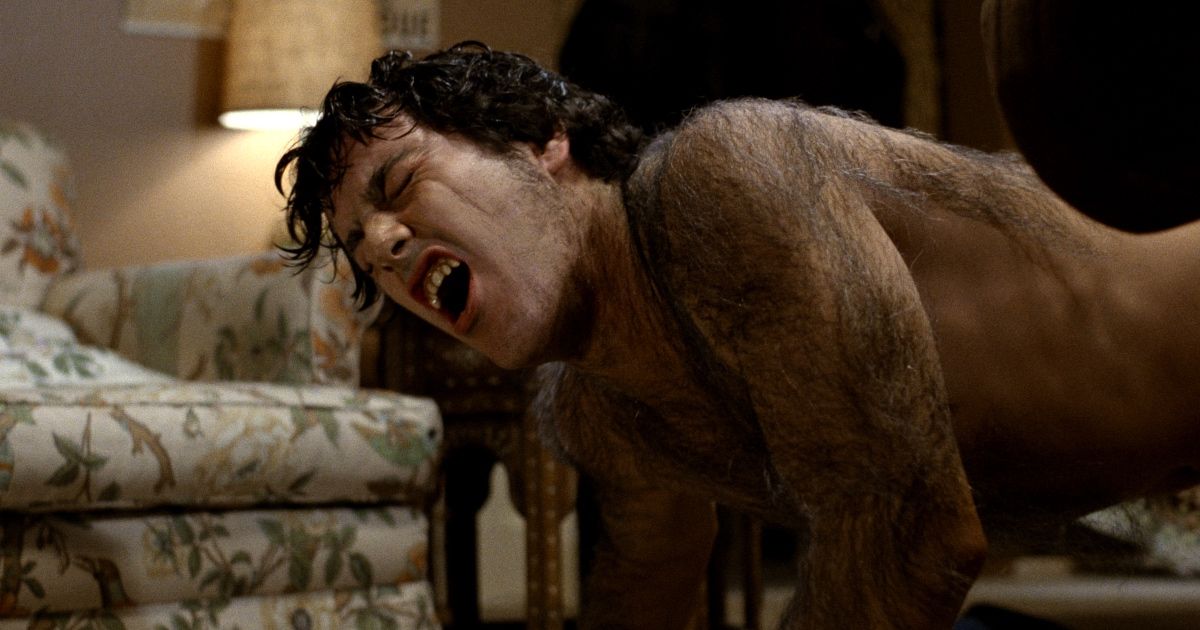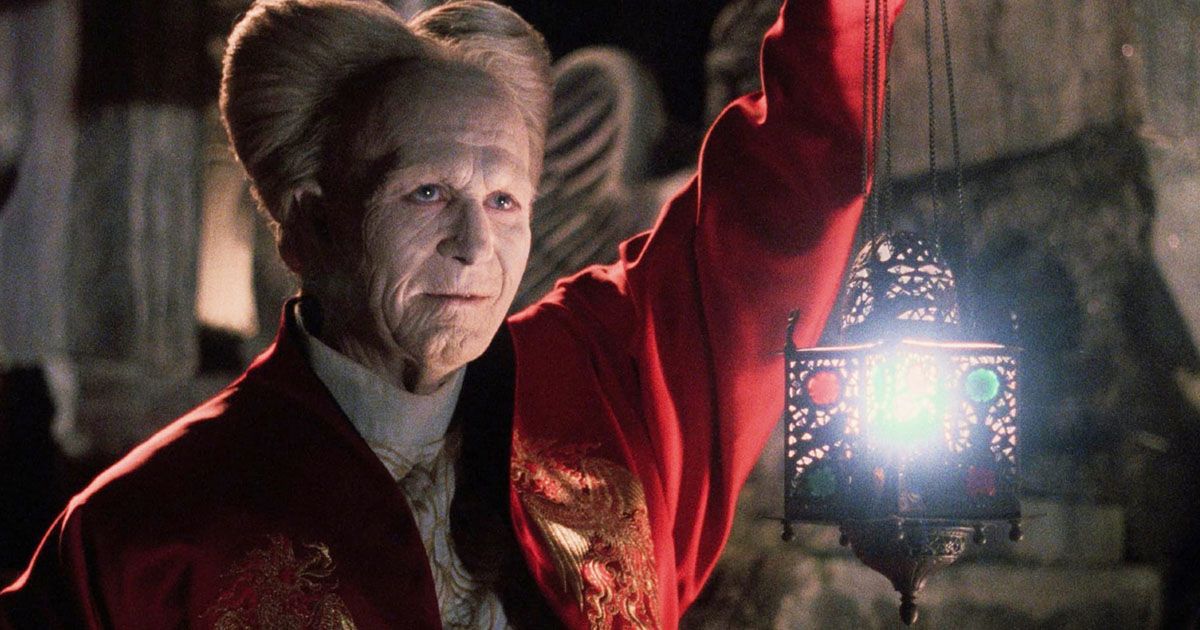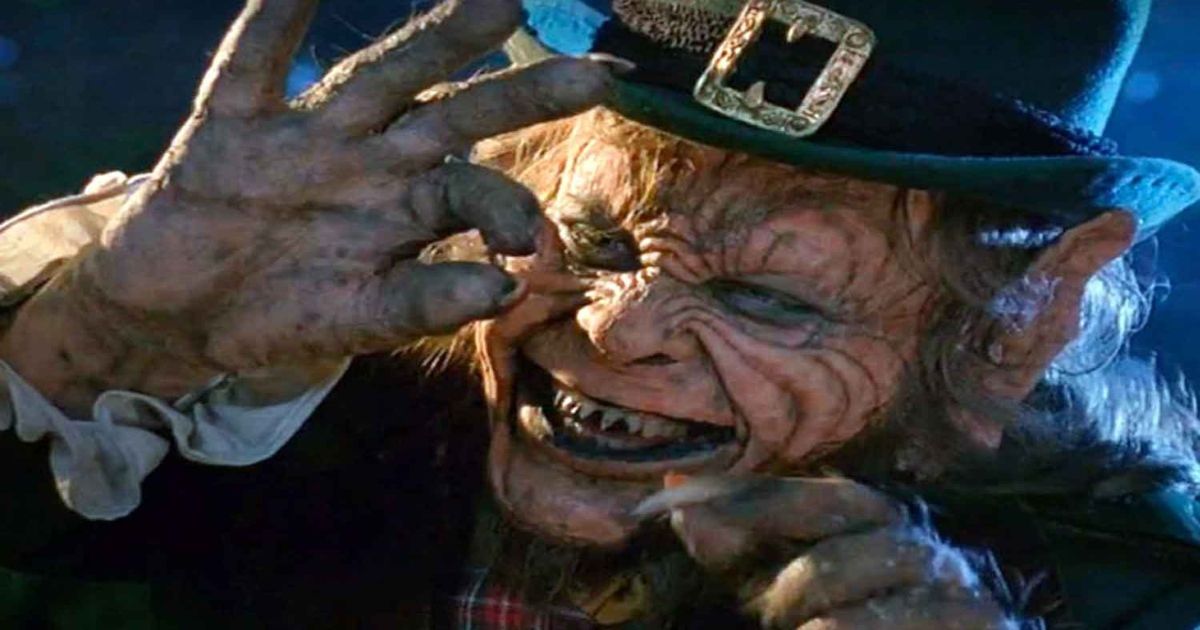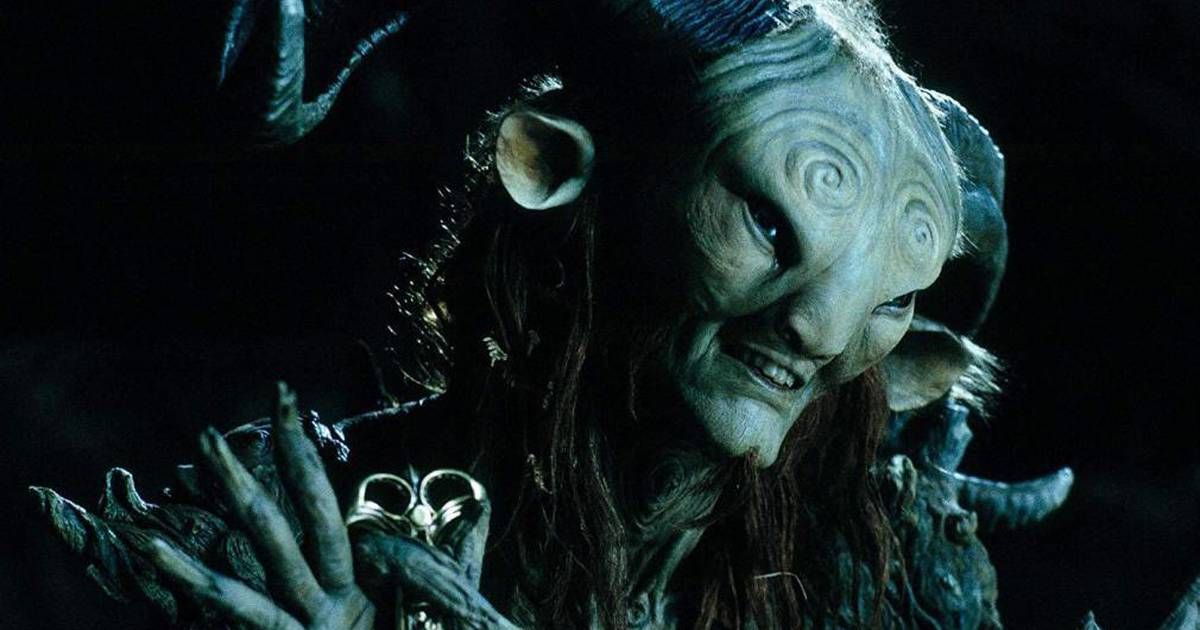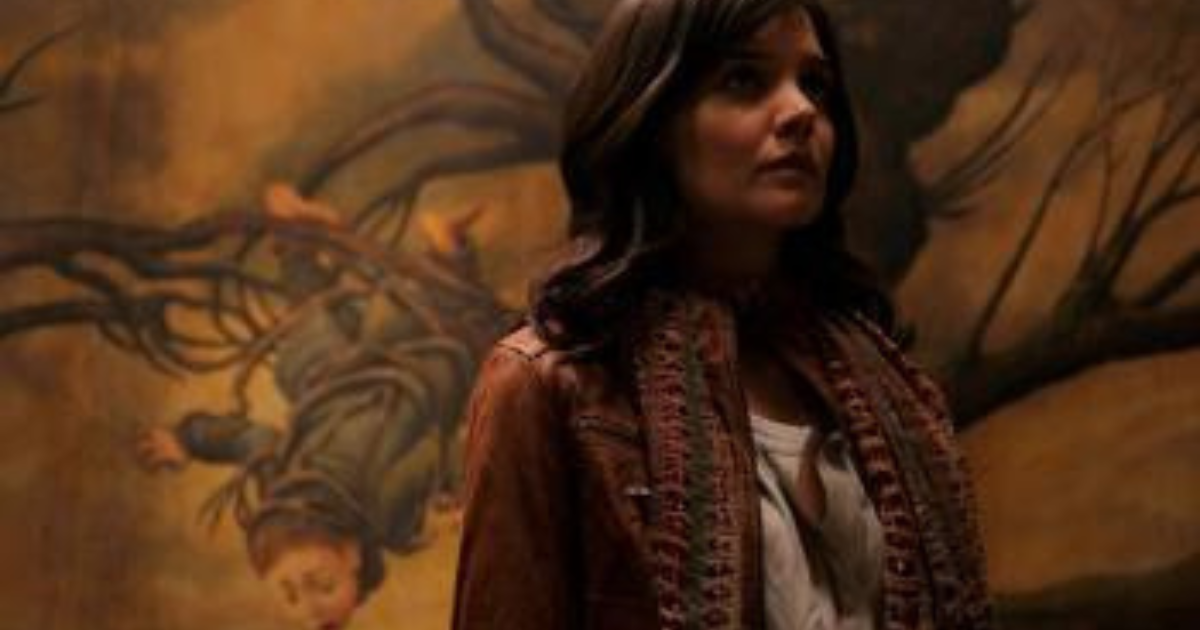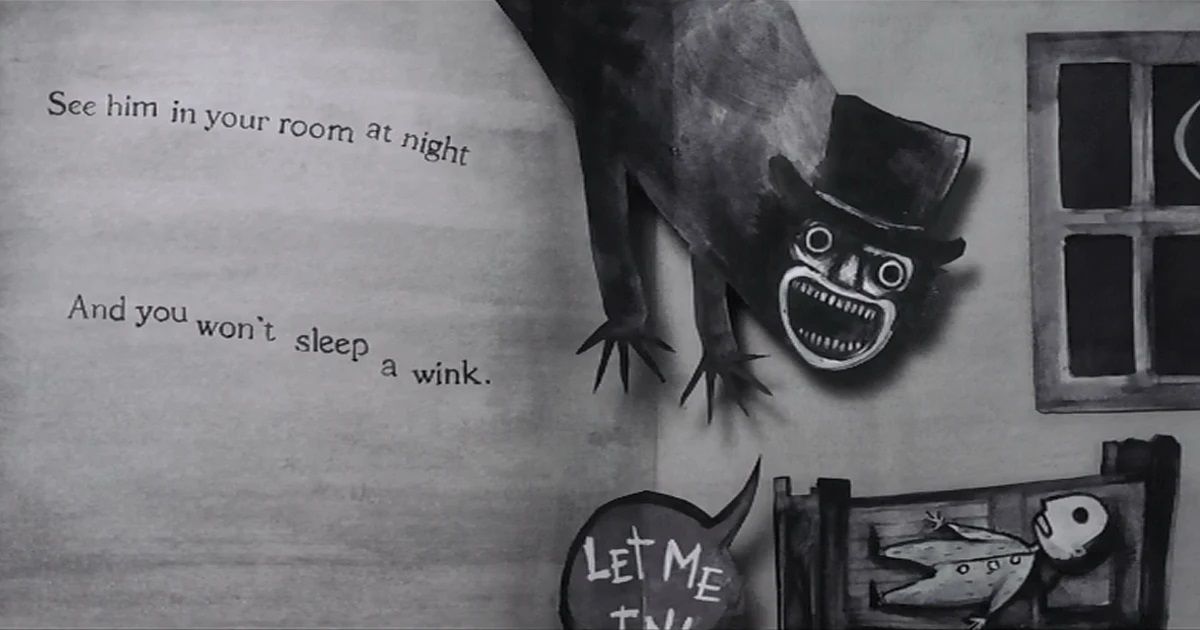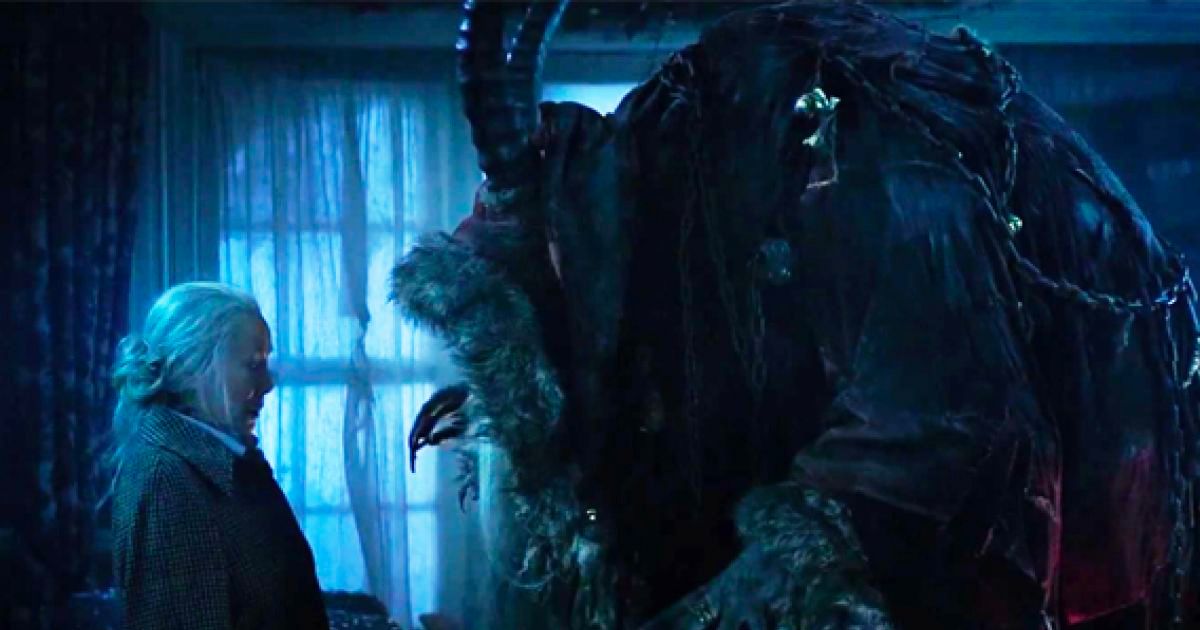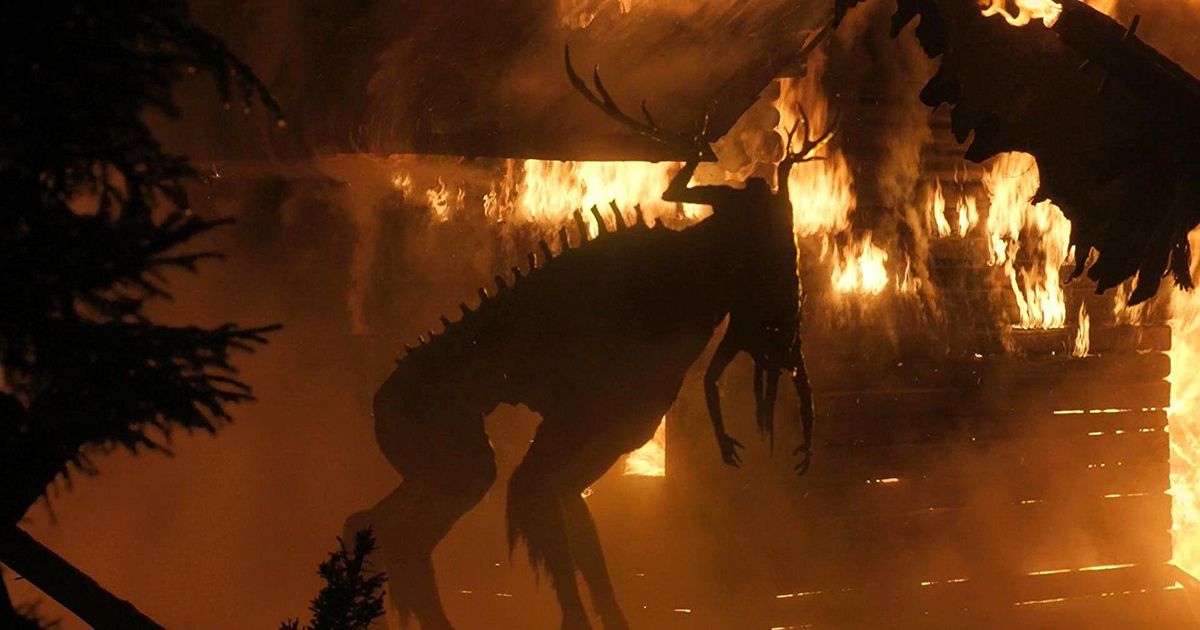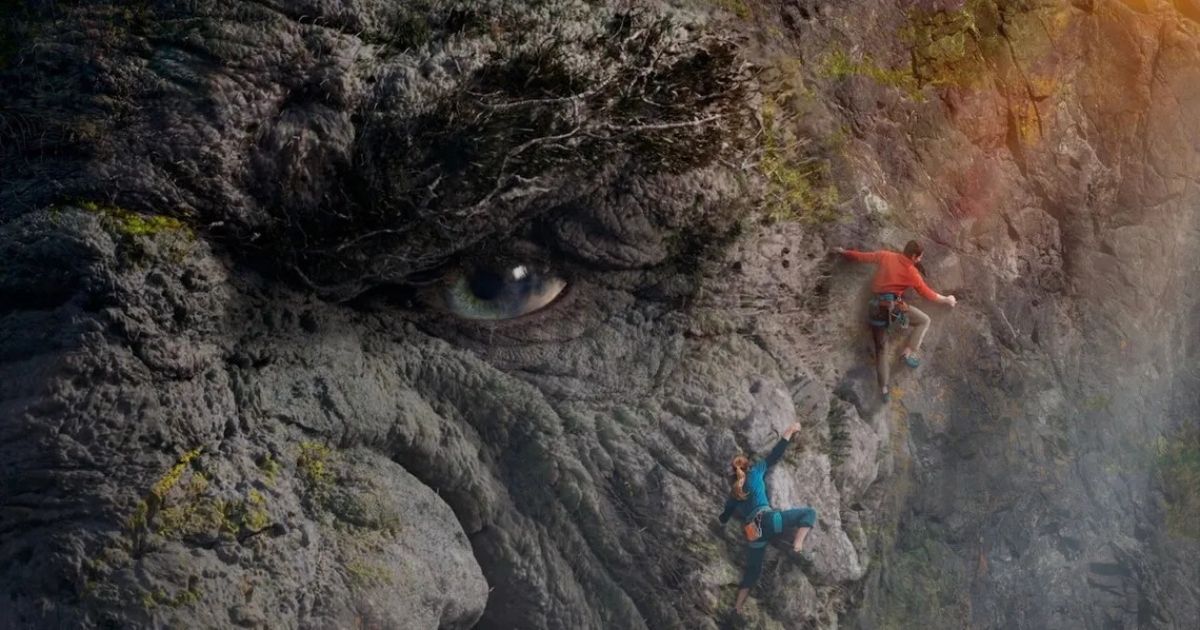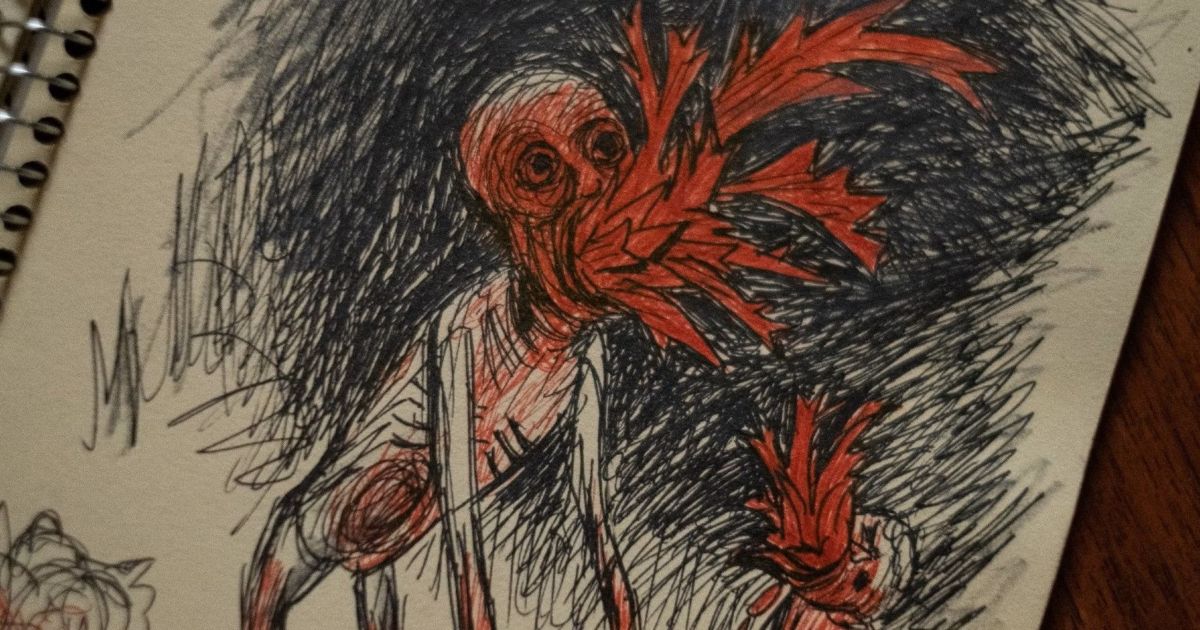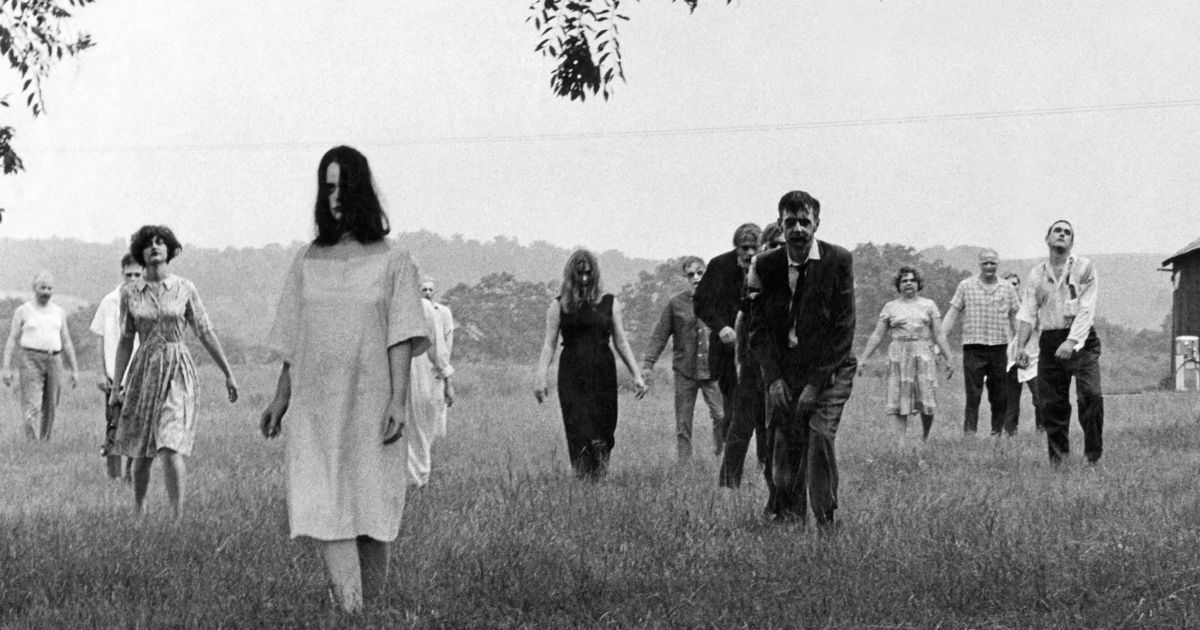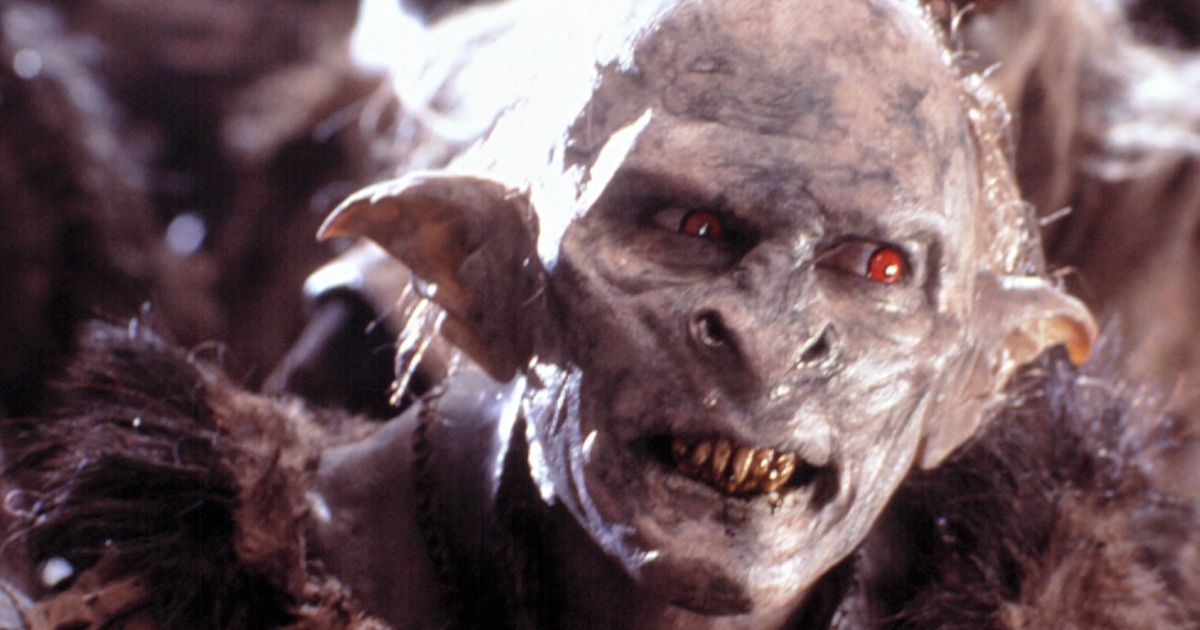Many monster movies over the years have taken advantage of drawing inspiration from different mythological creatures of old. Whether they stay faithful to facts, or take their own imaginative liberties, many moviemakers have done a brilliant job of reviving old legends into new stories for a new audience. Different types of monsters show up in folklore from all around the world. However, even with the abound diversity, one thing that always remains consistent and that’s the ability to strike at human fear and discomfort.
From well-known vampires, werewolves, and zombies, to lesser known Jötunn and Golems, monster movies can elevate a horror movie into something truly shocking to the viewer. They can really get under your skin and sometimes even alter perceptions of otherwise seemingly innocent creatures.
15 Jason and the Argonauts
Jason and the Argonauts remains consistent with Greek mythology. It’s a classic that was well-received at the time of its release and stands the test of time. Jason is sent on his infamous mission to retrieve the golden fleece. Protected by Hera, he sets off with his crew on their mission. It’s not all smooth sailing however as they encounter a number of dangers such as an animated army of skeletons, a giant Talos, and a Hydra.
Mostly shot as a live-action movie, stop-motion special effects were effectively blended in to create the monsters abound. The Hydra that guards the fleece, for example, was pretty well executed considering the tools available to moviemakers at the time of the movie’s production. It’s effectively shown as the powerful and deadly creature that it’s known for from Greek mythology with ferocious determination in protecting the fleece from thieves.
14 An American Werewolf in London
An American Werewolf in London features the well-known monster, a werewolf. The movie is a dark yet comedic take on the werewolf and is still a brilliant watch. Two American students are attacked by a werewolf while visiting Britain; one dies and one survives, however, neither can be considered lucky. The surviving friend soon finds himself turning into a werewolf himself and is haunted by the spirits of his friend, and of the unfortunate souls he tears down in his werewolf form. They urge him to kill himself in order to break the tether that binds their souls due to their unnatural deaths.
The myth of the werewolf is very old with an incredibly diverse history, but its origins aren’t completely known. They even appear as far back as ancient Greek mythology. They serve as a sort of symbol of the desires of man to give into an animalistic nature.
13 Dracula
There have been many takes on depicting the blood-sucking creatures of the night in movies over the decades, but Dracula portrays the most infamous vampire of them all. The 1992 movie is based on the novel by Bran Stoker and features Jonathan Harker, a barrister who has the misfortune of crossing paths with Dracula who captures and imprisons him. This is only the beginning of Harker’s troubles as Dracula proceeds to turn his life upside down.
Vampiric creatures originated in European myth; however, many cultures have their own folklore depicting similar beasts that prey on humans in the same manner. changes have been made to vampiric beasts across the decades however, the main concept stays true. That is, a vampire’s need to devour the life source, mainly blood, of their human prey.
12 Leprechaun
Leprechauns are usually jolly little guys at the end of rainbows with a pot of gold to share, but not in the 1993 movie, Leprechaun. Dan O’Grady makes the grave mistake of stealing the pot of gold of one particular Leprechaun. He’s followed back to America by the Leprechaun, and only just manages to survive the encounter, locking the little guy in his basement. A new family moves in a decade later and accidentally release the Leprechaun. Chaos ensues as he tries to find the gold that was once stolen from him.
Originating from Irish folklore, Leprechauns are the offspring of fairies and demons. They do have a friendly side; however, Leprechaun plays on their more demonic side and love for playing practical jokes. However, to get back his pot of gold, this Leprechaun won’t just play jokes on people that get in its way, it will kill them.
11 Pan’s Labyrinth
Pan’s Labyrinth comes from the inventive mind of none other than Guillermo Del Toro. Set in 1944, a young girl, Ofelia, goes to live with her new stepfather. She’s visited one night by a fairy who takes her to a faun in the labyrinth who tells her that if she can pass a series of tests, she can see her father again. The series of events that follow are gripping, to say the least.
Most notable of Guillermo’s creations in this movie that derives from mythology would be the Pale Man. The Pale Man takes inspiration from the Cyclops, a most terrifying creature starring in much Greek mythology. In Greek mythology, the Cyclops would appear at moments when the tale’s hero faces a test to overcome. Quite fitting then, that the Pale Man appears at one of Ofelia’s tests. Unlike the traditional Cyclops, the Pale Man has two eyes but they're located on his hands; a feature that helps create his more horrifyingly grotesque appearance.
10 Don’t Be Afraid of the Dark
Don’t Be Afraid of the Dark follows a young girl, Sally, alongside her father and his girlfriend, as they move into a 19th-century mansion. The previous owner of the home mysteriously vanished one day, and unfortunately, this small family eventually learns why. The homunculi, or tooth fairies, that have been lying in wait, are discovered by Sally who stumbles across a hidden basement. They may be small in size, but there’s a whole bunch of them, and they're quick enough to catch you out.
This movie is super creepy in its representation of what most would consider a friendly creature after putting their teeth under the pillow in exchange for money as children. The homunculi are devious and ancient demons who, in the movie, have grown tired of teeth alone and are after a more substantial meal.
9 The Babadook
In The Babadook, widowed mother Amelia, and her son, Samuel, cross paths with the horridly nasty Babadook. The two read a book about the seemingly mythical Babadook and its characteristics of hiding in the darkest corners of a home. Samuel already lived in fear of imaginary monsters, however, after reading the book Amelia also starts to feel unnerved.
The Babadook is not really demonic but instead is a tulpa, something that manifests itself to relentlessly torment its victims once they learn of its existence. Amelia and Samuel are unable to rid themselves of the Babadook and have to come to terms with it being a constant presence in their lives moving forward. Babadook’s are said to encompass grief and depression, so it's presence and subsequent permanency in their lives is symbolic of the grief both Amelia and Samuel have for Samuel’s dead father as they try to continue living their lives.
8 The Hallow
The fairies featured in The Hallow aren’t the whimsical creatures you’re used to. In this movie, inspiration is taken from the sluagh, immortal creatures neither living nor dead that will abduct your children if given the chance. One couple has the misfortune of running into such creatures when they move into a remote house in the woods. This horror really starts to get going after the couple’s baby disappears, and the pace remains fast as they face a nightmare sequence of events to try and retrieve their son.
The movie delves deeper into the dark nature of fairies as per Irish folklore and sees the family even use The Book of Invasions to exorcise the horrific monsters who have invaded their lives. The Slaugh in Irish folklore were believed to once have been humans that transform into dead sinners. They’re the most dreaded in the realm of Faerie and are considered a worse fate than death.
7 Krampus
If you’ve misbehaved this year, be glad if all you get is a lump of coal and not a visit from Krampus. That’s what happens to Max in the movie, Krampus, as he finds himself being punished for turning his back on the festive season. The demonic wrath of the Krampus is unleashed upon his home and leads Max and his family to fight desperately for each other if they have any hopes of survival.
Krampus, a half-demon, half-goat, is a legendary and horrific beast originating from the likes of Germany. In Norse mythology, he’s the son of Hel and a sort of anti-Santa. Santa brings joy and presents to good children, while Krampus will beat the naughty children and even abduct them, taking them to his lair.
6 The Ritual
In The Ritual, when a group of old friends decide to plan a vacation together to re-kindle old friendships, they could never imagine their exciting hiking trip in Sweden could go so terribly wrong. This gripping horror will see the group of friends face-off against a number of evils lurking in the forest alongside frightful hallucinations and eerie omens.
The monster featured to be hunting down the group of friends in The Ritual is that of Norse mythology, the Jötunn. While Jötunns are not always shown as evil beings, but the one in this movie most definitely is. The bastard child of the trickster god Loki, the monster is foul looking; a large creature somewhat resembling an elk-like creature but with the torso of a human that has antlers for arms and arms for legs.
5 Troll
Troll brings to life a classic beast, holding immense significance in Scandinavian mythology. In this movie, a gigantic troll had become part of the mountain range, set in stone. However,, due to recent development in the area destroying the mountain range, the troll awakens after many years left forgotten. The people of Oslo have to quickly adapt to believing that something they had once thought was mere folklore is actually something very real and fast approaching their city, bound to cause nothing but widespread death and destruction.
Taking inspiration from the kaiju monsters of Japanese monster movies, Troll creates a formidable giant of a beast reviving old Norwegian legend. In Norwegian legend, Trolls are incredibly dangerous creatures that have hostile tendencies toward humans. The movie undeniably remains faithful to the characteristics linked to Troll reputation in its depiction of the legendary monster.
4 Antlers
In Antlers, Frank Weaver and his young son are attacked by an unknown creature. They survive the encounter, but their troubles aren’t over. The condition of the two worsens and Frank has his older son lock them in a room and demands that they are to remain locked away, no matter what. However, Frank gets out and death closely follows his path of destruction.
In Antlers, the creature that attacks Frank, and which Frank eventually turns into, is a Wendigo. Wendigos originate from Native American folklore and it’s a deadly evil force associated with an insatiable hunger and cannibalism. The spirit of the Wendigo possesses its human host, mutating them into the horrific gaunt creature with taught, desiccated skin and prominent skeletal figure.
3 The Golem
Out of sheer desperation to protect her people, a local woman in the movie The Golem creates the creature to protect her people from a ruthless gang of murderers. A plague has decimated the population, and she’s limited on options, however, the creature she creates proves to be of greater evil than anything she’s encountered before.
The golem comes from Jewish myth and is a creature from simple beginnings created from dirt or mud. It’s intended that the creature will prove loyal to its maker and follow commands without question. They’re a monster associated with protection from threatening forces on the behalf of their maker. However, in The Golem, the woman loses all possible control of the Golem she creates and chaos ensues.
2 Night of the Living Dead
Night of the Living Dead is a classic among zombie movies. A small group of people find themselves barricaded in an old farmhouse with the living dead looming just outside their doors. Their situation deteriorates as the movie carries on and the threat of being eaten alive by the living dead draws ever closer.
Zombies, while featured in a mass of popular movies, originate from Haitian folklore. They’re considered a corpse that has been re-animated through magical means. The original context of zombies has been somewhat lost in modern-day movies, with modern-day fears being drawn into and the creation of zombies being shifted to be because of some government scientific testing or human-manufactured virus. The basic idea of a zombie has remained though and that’s the dead returning from the grave to hunt the living.
1 Lord of the Rings Trilogy
The Lord of the Rings trilogy is teeming with mythological creatures. While it is not a monster movie per se, it definitely features enough of them to qualify for the list. The story is well known, Frodo Baggins, along with the rest of the fellowship, are set on a journey to destroy the one ring to rule them all and in doing so, save the world.
J.R.R. Tolkien jam-packed a lot into his novels and seemed to take quite a lot of inspiration from worldwide folklore. His monsters take aspects of certain mythological beasts who are then transformed by his own imagination. Most formidable for our band of heroes prove to be the orcs they continuously battle or the giant spider that almost has Frodo for lunch. There are of course elves and dwarves which feature heavily in the books too originating from Norse and Germanic folklore.

